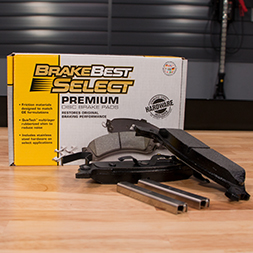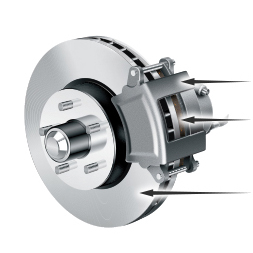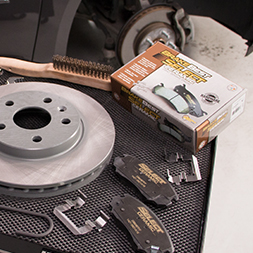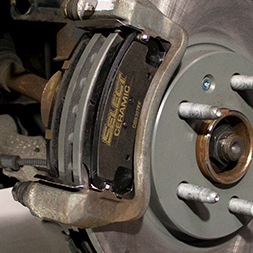When to Change Brakes
Keeping your brake system healthy helps keep you and your family safe. There are several factors that determine how quickly brake pads wear out – the type of vehicle, type of use and the type of pads all make a difference.
If you've determined that it's time to change your brake pads, you can follow our tutorial on how to replace brake pads and how to change rotors.
If you've determined that it's time to change your brake pads, you can follow our tutorial on how to replace brake pads and how to change rotors.
Common Signs of Brake System Problems
Show More
Show Less
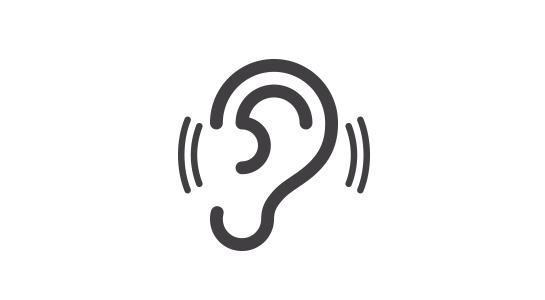
How do they sound?
The first warning sign to pay attention to is squealing. Your brakes should operate with very little or no noise at all. Many brake pads have “wear indicators” that are designed to cause squealing when they are worn down. Be sure to have them checked before the squealing sound turns into a grinding sound.
Show More
Show Less
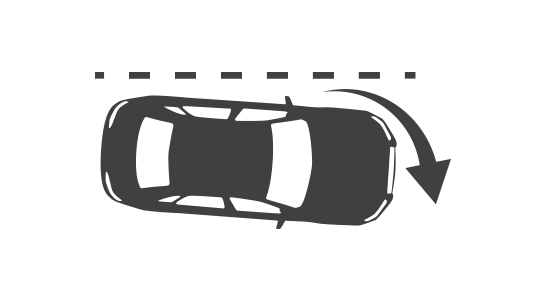
How does your vehicle drive?
Another problem you may experience is your vehicle pulling to one side or your steering wheel shuddering side-to-side when you brake. The issue can be a seized or hanging caliper, rotor thickness or warped rotors. These conditions can also cause noise, excessive wear and poor braking.
Show More
Show Less
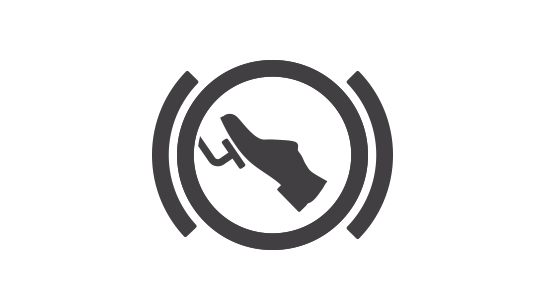
How hard do you have to push your brake pedal?
If you find you’re having to push your brake pedal almost all the way to the floor before your brakes engage, that’s usually a sign of brake fluid leakage or a bad master cylinder. It could also mean that your rear brake shoes need adjustment.
You could also find that your brake pedal requires extreme pressure to make the vehicle stop; it could be trouble with your brake booster or damaged brake linings.
Show More
Show Less
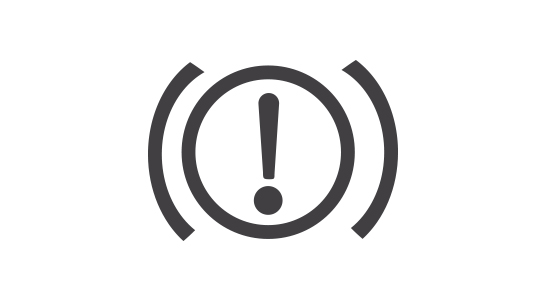
Is your brake warning light on?
If you see the brake warning light on your dash come on, you need to inspect your brake system or have it inspected as soon as possible.
Show More
Show Less
What to Look For When Inspecting Brake Pads
Show More
Show Less
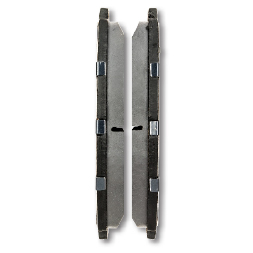
Normal Pad Wear
Here is what normal pads should look like: even on both sides without being worn down.
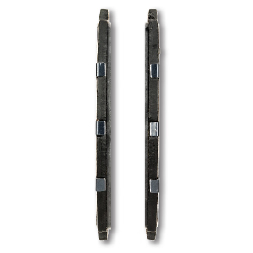
Normal Full-Life Pad Wear
In comparison, these pads are also showing even wear, but need to be replaced. The minimum thickness allowed for pads to pass inspection is 1/16 of an inch of friction material.
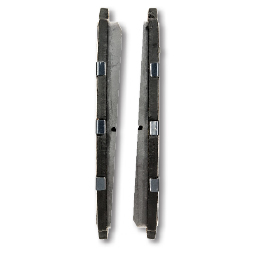
Tapered Wear
The tapered wear on this set of pads indicates worn-out caliper bushings and/or worn caliper hardware.
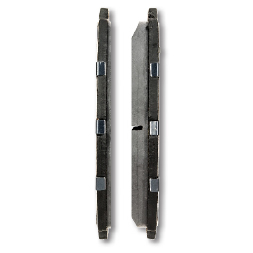
One-Sided Wear
You can see this pair is only worn on one side, which means a faulty caliper or a caliper piston hanging. It could also indicate a caliper slide not functioning.
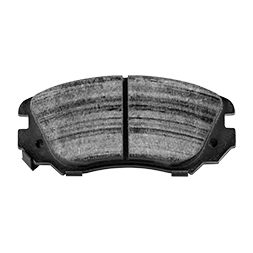
Grooved Surface Wear
The grooved surface wear on these pads indicates that the rotors should be turned or replaced.
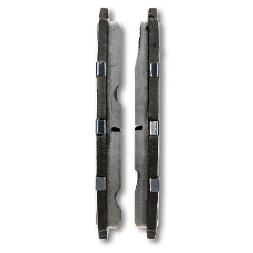
Chipped Surface Wear
The chipped surface of these pads indicates excessive heat build-up—a caliper piston is hanging up and creating constant friction.
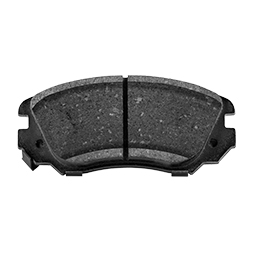
Step in Lining
If you see a “step” like this in the pads, they’re not in full contact with the rotor—you’ll likely need to replace the guide pin and/or mounting bolt bushings.
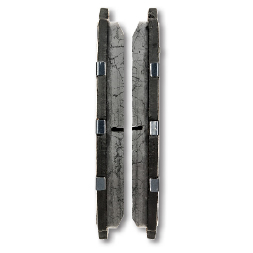
Cracked Surface Wear
Lastly, cracked surface wear is a result of excessive heat build-up. The caliper or caliper piston is hanging up, creating constant friction.
Show More
Show Less
Additional Resources
There's a wide variety of different brake parts. Find out which are right for your vehicle.
It's important to replace pads and rotors when they begin to wear out to keep you safe and your vehicle performing at its best.
The automotive repair work depicted in this series is performed under the direction of the manufacturer of the product featured. Prior to undertaking any of the demonstrated repairs on your vehicle, we suggest you consult with a certified mechanic or another professional who can adequately advise you of the proper repair or remedy required. O’Reilly Automotive Stores, Inc. and its affiliates (“O’Reilly”) disclaims any responsibility for injury or damage resulting from a viewer’s attempt to recreate the repairs shown in this series.
Show More
Show Less
